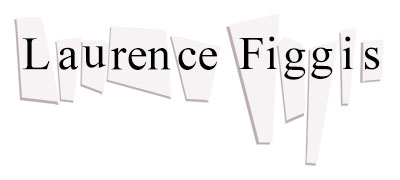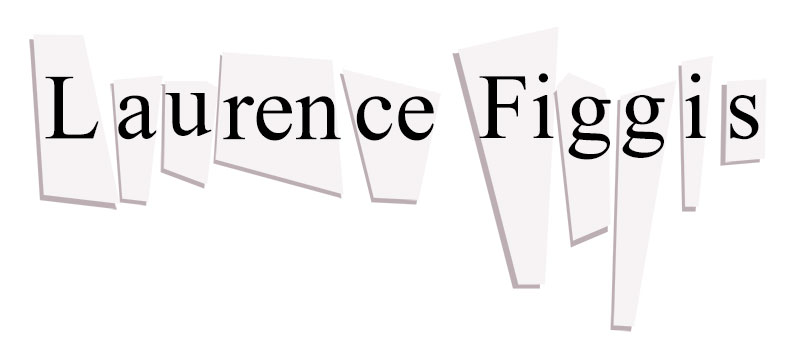Jul 01
2011Disney, Fairy Tales, Salvador Dali, Sentimental Art, Surrealism
(In)Edible Beauty
We do not begin with a siren singing (that comes later) but with a human passenger in want of his sea-legs. In the opening scene of Walt Disney’s cartoon version of The Little Mermaid (1989) (amidst a range of nautical-themed pratfalls), the Prince’s comic old retainer balks over the side of a galleon, his face coloured a septic shade of green. Read more →

